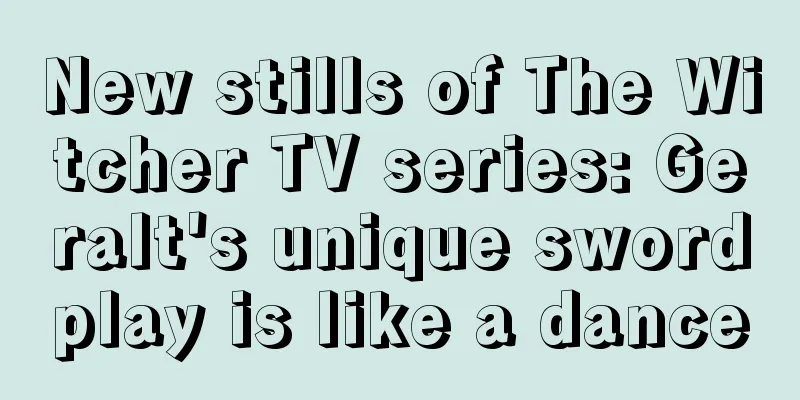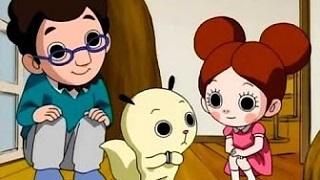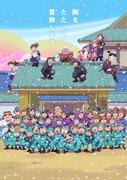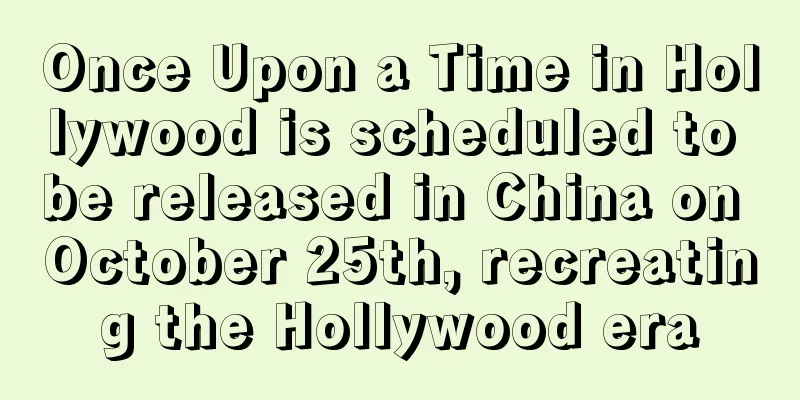Bells toll in the valley: Reevaluating the moving songs of everyone

"The Bells Ring in the Valley" - A Showa era classic revived in animationBroadcast on NHK Educational TV (now NHK E-Tele) in December 1964, "The Bells Ring in the Valley" is a work that deeply moved viewers in its short two-minute run. This anime was produced as part of NHK's "Minna no Uta" series, and combines beautiful music and images using a unique expression technique called silhouette animation. OverviewAs the original media for "The Bells Ring in the Valley" is listed as "Other," it does not have a specific story or characters, but is rather a visual representation of a musical piece. It was broadcast on NHK Educational TV in December 1964, and has a simple structure of two minutes and one episode. It was produced by Kibaza, a company that specializes in silhouette animation, and the copyright is held by NHK. The appeal of silhouette animationThe biggest feature of this work is the use of a technique called silhouette animation. Silhouette animation is a technique that uses black silhouettes to express movement, and it can tell a story using only movement and music, without relying on backgrounds or colors. In "The Bells Ring in the Valley," the sound of the bells ringing in the valley is expressed in silhouette, deeply moving the audience. Silhouette animation stimulates the viewer's imagination by minimizing visual information. By imagining the sound of the bells ringing in the valley, viewers can project their own experiences and emotions onto the film and experience a deeper emotion. This is the appeal of silhouette animation and the secret to the success of "The Bells Ring in the Valley." Fusion of music and videoThe music for "The Bells Ring in the Valley" was written by composer Yoshinao Nakata. Yoshinao Nakata was a Japanese composer active from before the war to after the war, and produced many famous pieces. "The Bells Ring in the Valley" is one of them, and is a piece filled with beautiful melodies and deep emotion. The beautiful fusion of music and silhouette animation made "The Bells Ring in the Valley" a strong impression on viewers. By expressing the sound of the bells ringing in the valley through silhouettes, viewers were able to feel the beauty of the music even more deeply. In addition, the movement of the silhouette animation flowed in time with the rhythm of the music, impressing viewers both visually and aurally. As a famous song of the Showa era"The Bells Ring in the Valley" continued to be loved by many people even after it was broadcast in 1964. In particular, it became known as a famous Showa era song, and became a work that remains in the hearts of many people. This work is a fusion of beautiful music and images that symbolizes the Showa era, and it deeply moved viewers. This work was also produced as part of the NHK "Minna no Uta" series, and has been enjoyed by a wide range of generations, from children to adults. "Minna no Uta" is a music program that has been broadcast by NHK since 1961, introducing new songs every month and providing familiar music to viewers. "Tani ni kane wa narabibiku" is one of those songs, and has continued to be loved by many people. Modern influencesEven now, more than half a century after it was first broadcast, "The Valley Bells Ring" remains beautiful and moving, and is loved by many people. In particular, the unique method of expression known as silhouette animation has had a major influence on modern animation production. In recent years, the number of works using silhouette animation has increased, and the technique of stimulating the viewer's imagination by minimizing visual information is being reevaluated. In addition, "The Valley Bells Ring" has had a major influence on modern animation production in terms of its fusion of music and images. The fusion of beautiful music and images can deeply move the viewer, and this is an important element in modern animation production. Recommendations and ratings"The Valley Bells Ring" is a work that combines beautiful music, known as a masterpiece of the Showa era, with a unique expression technique called silhouette animation. This work, which was able to deeply move the viewer in a short time of just two minutes, is a symbol of the Showa era and has had a major influence on modern animation production. The reasons why I recommend this work are as follows:
"The Valley Bells Ring" is a work that uses beautiful music, known as a masterpiece of the Showa era, and a unique expression technique called silhouette animation, and has deeply moved viewers. This work is a symbol of the Showa era and has had a great influence on modern animation production. Please give it a watch. |
>>: Beautiful Snow Scenes: A Thorough Analysis of the Charm of Minna no Uta
Recommend
"Harry Potter" thinks he won't play Wolverine: If the movie I like is not remade, I won't join
After Hugh Jackman stepped down as Wolverine, who...
IGN rated the live-action movie "Snow White" 7 points. Zegler created a classic princess
Recently, foreign media IGN reviewed the live-act...
"Transformers: Origins" confirms the introduction of Optimus Prime and Megatron's split on the big screen to witness the origin of the legend
The newest work of the Transformers series, Trans...
Less than working in a convenience store! Industry insiders reveal the salary of Pokémon animators
The reason why "Pokemon" can be so popu...
Transforming into a "snack e-commerce" cinema to reduce inventory to survive
Cinemas, which rely on box office revenue as thei...
Zhang Yimou's new spy film "On the Cliff" new trailer: A traitor appeared in the organization
Today (April 12), Zhang Yimou's spy film &quo...
Lord El-Melloi II's Case Files Episode 0: A thorough dissection of the fascinating prequel
Lord El-Melloi II's Case Files Episode 0 - Th...
"Godzilla 2000" cute big-headed Bumra and villain Oruka model
Produced by Japan's PLEX and distributed by X...
The director of the live-action "Mulan" has been confirmed! The producer of "Monster Hunt" has joined
According to US media reports, the director of Di...
Pedro's friend warned him to act in the episode of The Last of Us: This is a great game
The Last of Us has always attracted much attentio...
Trailer for biographical film "Superman: The Christopher Reeve Story" released
Warner released the first trailer for the biograp...
The appeal and reviews of "Time Stranger": Experience an emotional journey
"Time Stranger": An adventure that tran...
The 46th Kodansha Manga Award was announced, and "That Time I Got Reincarnated as a Slime" won the top prize
Kodansha, one of the giants in Japan's manga ...
"Manie-Manie Labyrinth Story": A thorough review of this fascinating collection of short animated films!
"Manie-Manie Labyrinth Story": Three pa...
Popular SNS webtoon "From the Red Mist" begins the journey of a serialized killer ghost boy
The horror web comic "From the Red Mist"...









